A Web of Things-Based Emerging Sensor Network Architecture for Smart Control Systems
Abstract
:1. Introduction
2. Related Work
- A UDP protocol along with a header length of 10–20 bytes reduces the delay and battery consumption.
- The asynchronous push services enable the smart objects with the functionality of sending information of its state change. The smart objects remain in asleep state until and unless it has to send data. Thus, reducing the power consumption.
- A minimum number of REST requests reduces the complexity of the system. Moreover, it reduces the hardware requirements compare to the HTTP protocol.
3. WoT-ESN over REST Architecture
- Resources: Anything able to provide a service and have the ability to attach with another resource.
- Uniform Resource Identifiers: Naming a resource helps in addressing and discovering a resource over the Web. The URI is used to uniquely identify a resource.
- Linking Resources: The Web provides the structure for linking via hyperlink functionality. This functionality helps to connect resources with each other over the Web. The RESTful API uses this functionality for connectivity.
- Representation of Resources: The restful API uses the XHTML format for representing resources over the Web because of its smooth readability and support for browsing.
- GET: The GET method retrieves the current state of a resource. For example, sending a GET request with a resource URI (http://.../MS/coordinator1/sensor2_1/fan1/energy) will return the energy consumption of the fan in a smart home.
- POST: The POST method is used to change the state of a household appliance. For example, a switch off request (http://.../MS/coordinator2/sensor2_2/fan2/Turnoff) is used to switch off a household appliance
- PUT: The PUT method is used to insert a new resource or modify the existing one. Whenever a new household appliance is added to the smart home, a PUT method is called upon to add it to the resource list.
- DELETE: Whenever a household appliance is removed from the house. It is important to delete it from the resources list using DELETE method.
4. Proposed Framework
4.1. Overview of the Proposed Framework
4.2. Smart Home Services
4.3. Service Representation over the Web
5. Performance Evaluation
5.1. Simulation Setup
5.2. The Effect of the Proposed WoT-ESN Architecture
5.3. Energy Consumption Analysis of the Household Appliances
6. Conclusions
Acknowledgments
Author Contributions
Conflicts of Interest
References
- Catarinucci, L.; Colella, R.; Mainetti, L.; Mighali, V.; Patrono, L.; Sergi, I.; Tarricone, L. Near Field UHF RFID Antenna System Enabling the Tracking of Small Laboratory Animals. Int. J. Antennas Propag. 2013, 2013, 713943. [Google Scholar] [CrossRef]
- Shelby, Z.; Hartke, K.; Bormann, C. The Constrained Application Protocol (CoAP). Internet Engineering Task Force (IETF). June 2014. Available online: https://tools.ietf.org/html/rfc7252 (accessed on 13 June 2016).
- Guinard, D. A Web of Things Application Architecture—Integrating the Real-World into the Web (Doctorate Dissertation). 2011. Available online: https://s3.amazonaws.com/guinard.org/webofthings-thesis-domguinard.pdf (accessed on 13 June 2016).
- Filho, J.; Patel, A.; Batista, B.; Junior, J. A systematic technical survey of DTN and VDTN routing protocols. Comput. Stand. Interfaces 2016, 48, 139–159. [Google Scholar] [CrossRef]
- D’Arienzo, M.; Romano, S. GOSPF: An energy efficient implementation of the OSPF routing protocol. J. Netw. Comput. Appl. 2016, 75, 110–127. [Google Scholar] [CrossRef]
- Gao, L.; Zhang, C.; Sun, L. RESTful Web of Things API in Sharing Sensor Data. In Proceedings of the International Conference on Internet Technology and Applications (iTAP), Wuhan, China, 16–18 August 2011.
- Zeng, D.; Guo, S.; Cheng, Z. The Web of Things: A Survey. J. Commun. 2011, 6, 424–438. [Google Scholar] [CrossRef]
- Marco, P.; Athanasou, G.; Mekikis, P.-V.; Fischinoe, C. MAC-aware routing metrics for the internet of things. Comput. Commun. 2016, 74, 77–86. [Google Scholar] [CrossRef]
- Guinard, D.; Trifa, V. Towards the Web of Things: Web Mashups for Embedded Devices. In Proceedings of the International World Wide Web Conferences, Madrid, Spain, 20–24 April 2009.
- Elkstein, M. Learn REST: A Tutorial. Available online: http://rest.elkstein.org/ (accessed on 16 June 2016).
- Guinard, D. Web of Things vs. Internet of Things: 1/2. January 2016. Available online: http://webofthings.org/2016/01/23/wot-vs-iot-12/ (accessed on 13 June 2016).
- Mayer, S.; Guinard, D. An extensible discovery service for smart things. In Proceedings of the Second International Workshop on Web of Things, San Francisco, CA, USA, 16 June 2011.
- Shelby, Z. Embedded web services. IEEE Wirel. Commun. 2010, 17, 52–57. [Google Scholar] [CrossRef]
- Mantoro, T.; Ayu, M.A.; Elnour, E.E. Web-enabled smart home using wireless node infrastructure. In Proceedings of the 9th International Conference on Advances in Mobile Computing and Multimedia, Ho Chi Minh, Vietnam, 5–7 December 2011.
- Zeng, B.; Dong, Y. An improved harmony search based energy-efficient routing algorithm for wireless sensor networks. Appl. Soft Comput. 2016, 41, 135–147. [Google Scholar]
- Yi, D.; Yang, H. HEER—A delay-aware and energy-efficient routing protocol for wireless sensor networks. Comput. Netw. 2016, 104, 155–173. [Google Scholar] [CrossRef]
- Gomez, C.; Paradells, J. Wireless home automation networks: A survey of architectures and technologies. IEEE Commun. Mag. 2010, 48, 92–101. [Google Scholar] [CrossRef]
- Guinard, D.; Trifa, V.; Mattern, F.; Wilde, E. Architecting the Internet of Things. In From the Internet of Things to the Web of Things Resource-Oriented Architecture and Best Practices; Springer: Berlin/Heidelberg, Germany, 2011; pp. 97–129. [Google Scholar]
- Fielding, R.; Taylor, R. Principled design of the modern web architecture. ACM Trans. Internet Technol. 2002, 2, 115–150. [Google Scholar] [CrossRef]
- Renolda, A.P.; Chandrakalab, S. Survey on state scheduling-based topology control in unattended wireless sensor networks. Comput. Electr. Eng. 2016, 56, 334–349. [Google Scholar] [CrossRef]
- Deniz, F.; Bagcia, H.; Korpeoglub, I.; Yazıcıa, A. An adaptive, energy-aware and distributed fault-tolerant topology-control algorithm for heterogeneous wireless sensor networks. Ad Hoc Netw. 2016, 44, 104–117. [Google Scholar] [CrossRef]
- Shelby, Z.; Hartke, K.; Bormann, C.; Frank, B. Constrained Application Protocol (CoAP) Draft-Ietf-Core-Coap-18. 1 June 2014. Available online: https://datatracker.ietf.org/doc/rfc7252/ (accessed on 16 June 2016).
- Colitti, W.; Steenhaut, K.; Caro, N.D.; Buta, B.; Dobrota, V. Evaluation of constrained application protocol for wireless sensor networks. In Proceedings of the 18th IEEE Workshop on Local & Metropolitan Area Networks (LANMAN), Chapel Hill, NC, USA, 13–14 October 2011.
- Villaverde, B.; Pesch, D.; Alberola, R.d.P.; Fedor, S.; Boubekeur, M. Constrained application protocol for low power embedded networks: A survey. In Proceedings of the Innovative Mobile and Internet Services in Ubiquitous Computing, Palermo, Italy, 4–6 July 2012.
- Colitti, W.; Steenhaut, K.; Caro, N.D. Integrating wireless sensor networks with the web. In Proceedings of the Extending the Internet to Low Power and Lossy, Networks, Chicago, IL, USA, 11 April 2011.
- Castellani, A.; Rahman, A.; Fossati, T.; Dijk, E. Best Practices for HTTP-CoAP Mapping Implementation (Draft-Castellani-Core-Http-Mapping-07). 25 February 2013. Available online: https://datatracker.ietf.org/doc/draft-castellani-core-http-mapping/ (accessed on 24 May 2016).
- Sigurdson, J. WAP OFF—Origin, Failure, and Future. 1 October 2001. Available online: www2.hhs.se/eijswp/135.PDF (accessed on 29 June 2016).
- Kovatsch, M.; Lanter, M.; Duquennoy, S. Actinium: A RESTful runtime container for scriptable Internet of Things applications. In Proceedings of the 3rd International Conference on the Internet of Things (IOT), Wuxi, China, 24–26 October 2012.
- Instant WebP2P. Available online: https://github.com/InstantWebP2P/iwebpp.io (accessed on 19 June 2016).
- Cantelon, M.; Holowaychuk, T.J.; Harter, M.; Rajlich, N. Node.js in Action; Manning Publications Company: Greenwich, CT, USA, 2013. [Google Scholar]
- Alonso, G.; Casati, F.; Kuno, H.; Machiraju, V. Concepts, Architectures and Applications. In Web Services; Springer: Berlin/Heidelberg, Germany, 2004; p. 354. [Google Scholar]
- Pautasso, C.; Zimmermann, O.; Leymann, F. RESTful Web Services vs. “Big” Web Services: Making the Right Architectural Decision. In Proceedings of the 17th International World Wide Web Conference, Beijing, China, 21–25 April 2008.
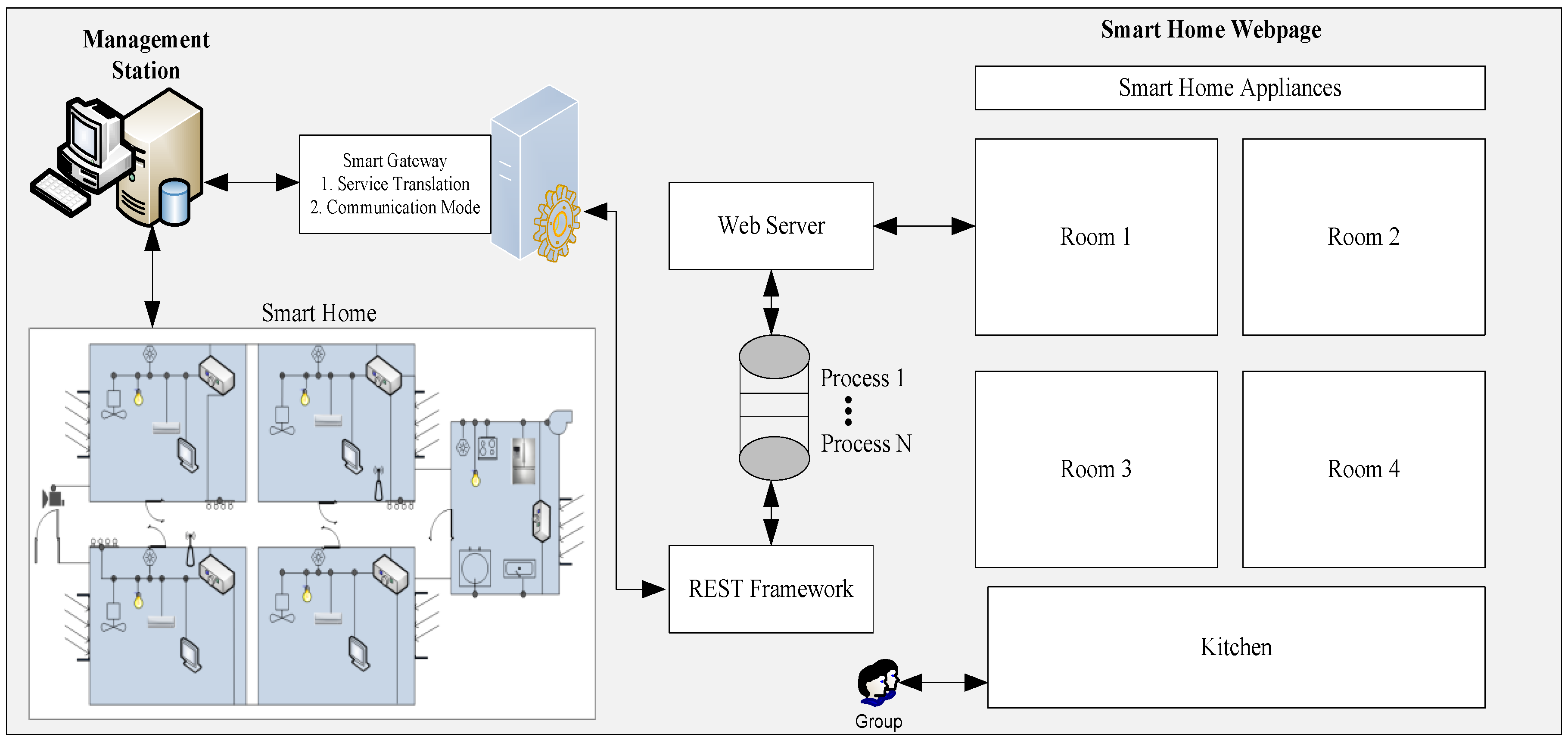
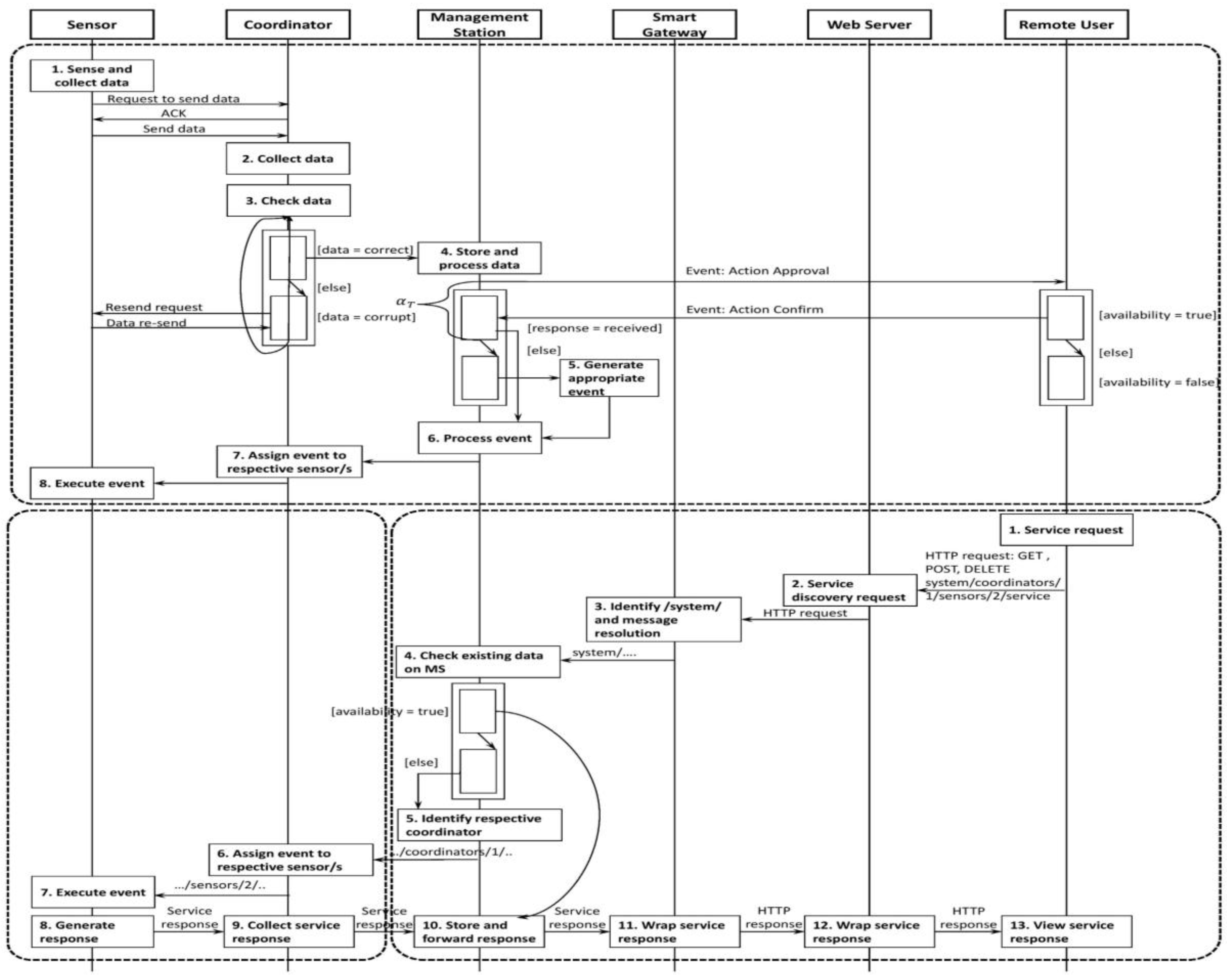
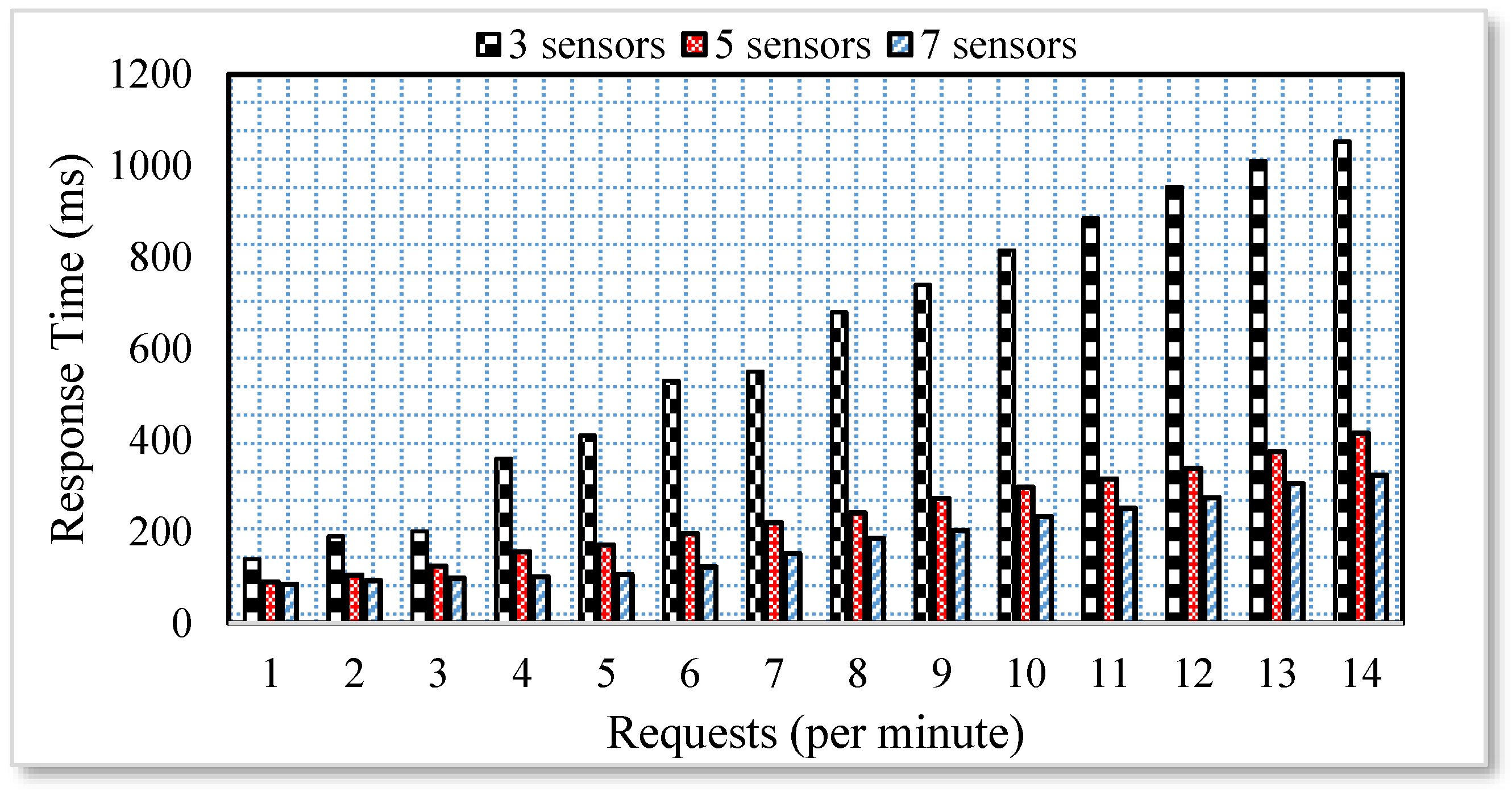
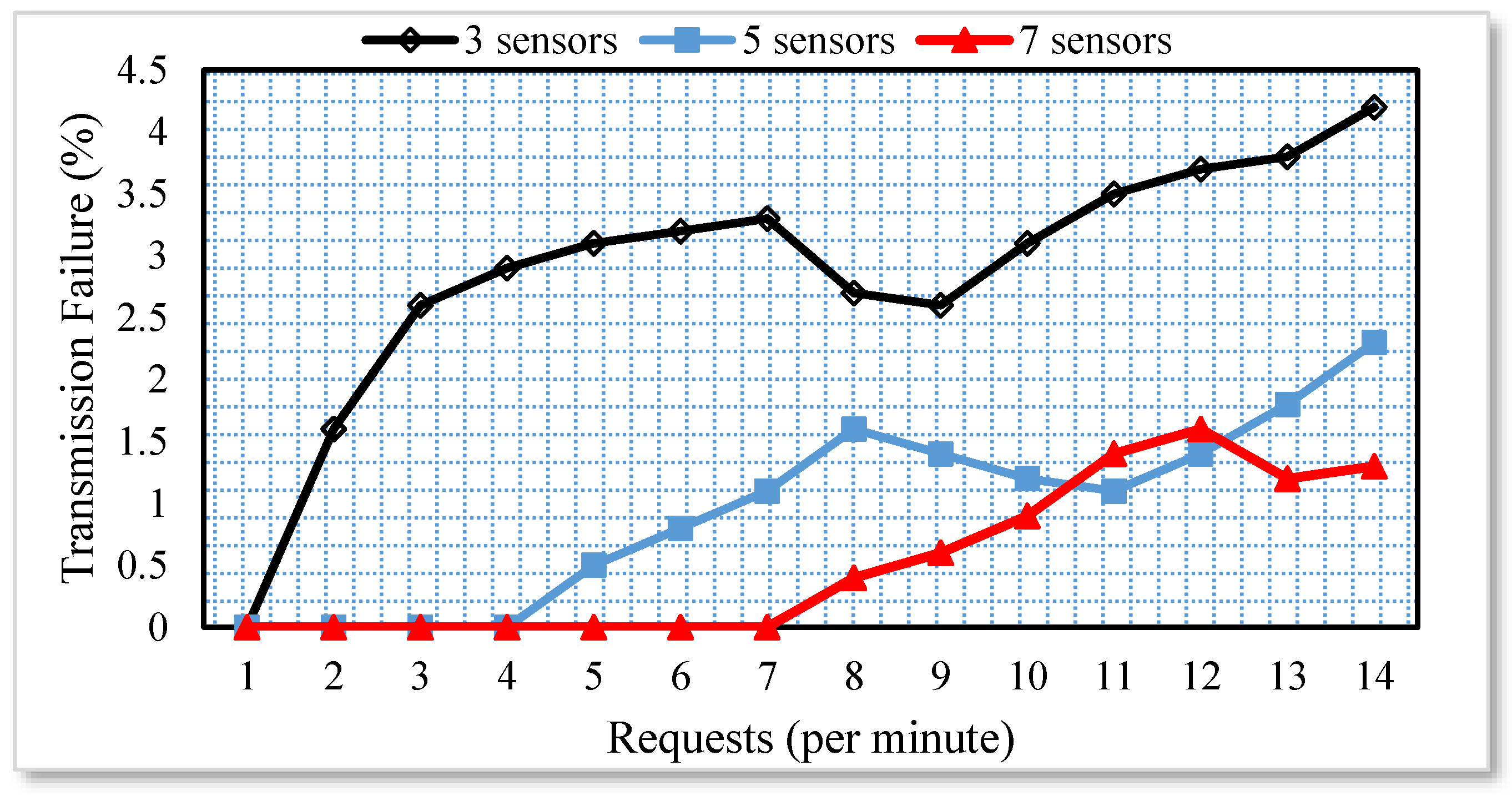

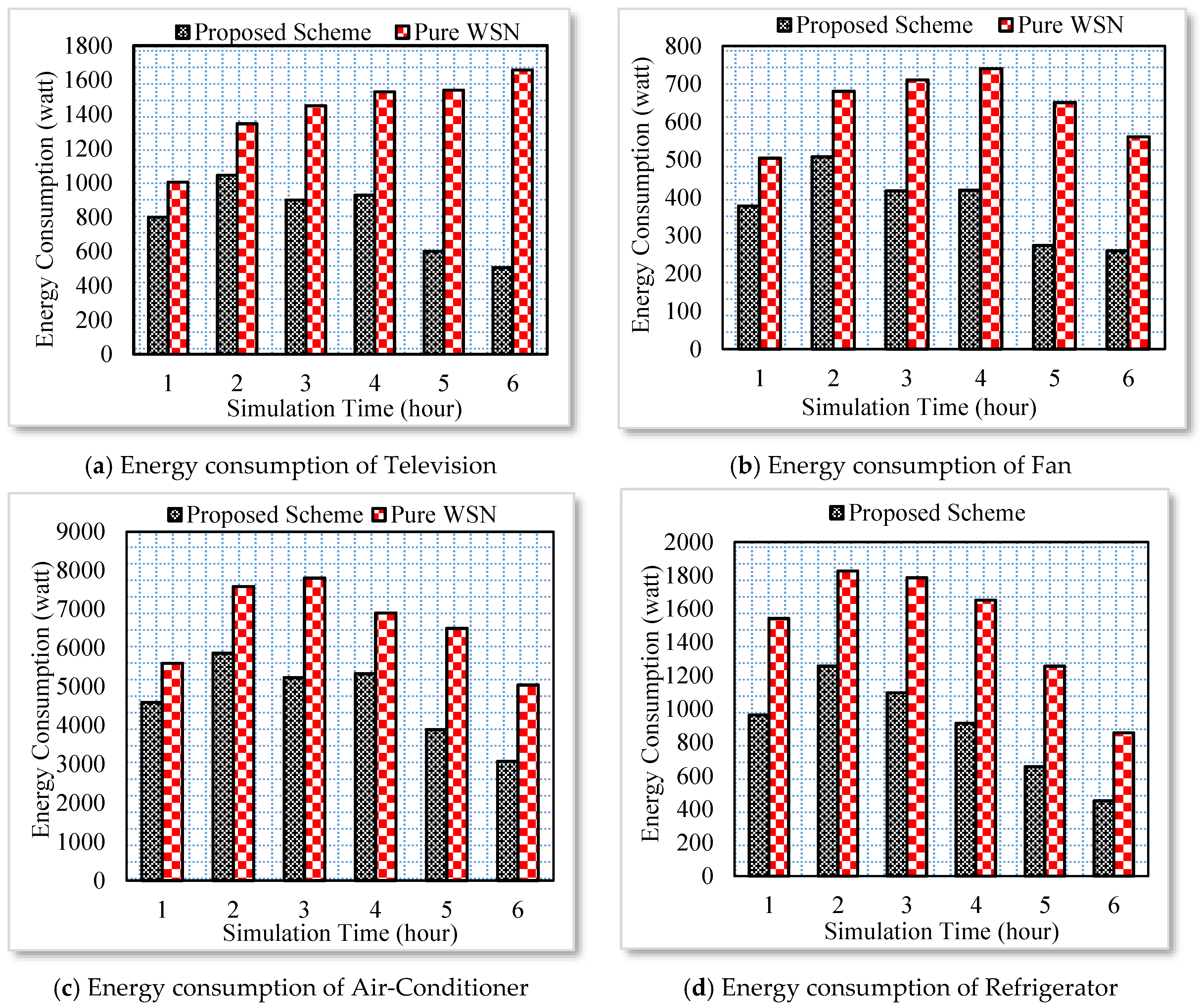
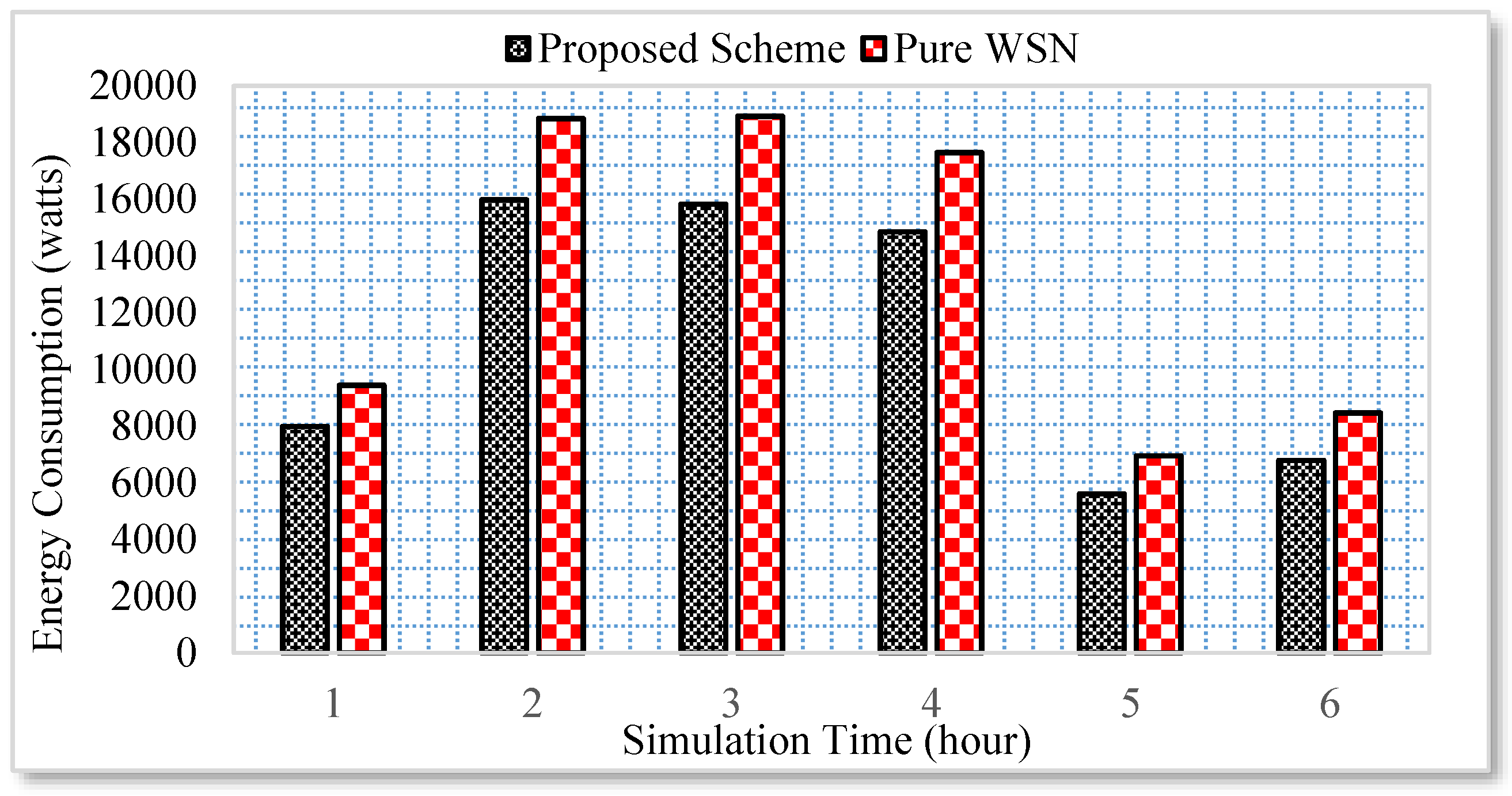
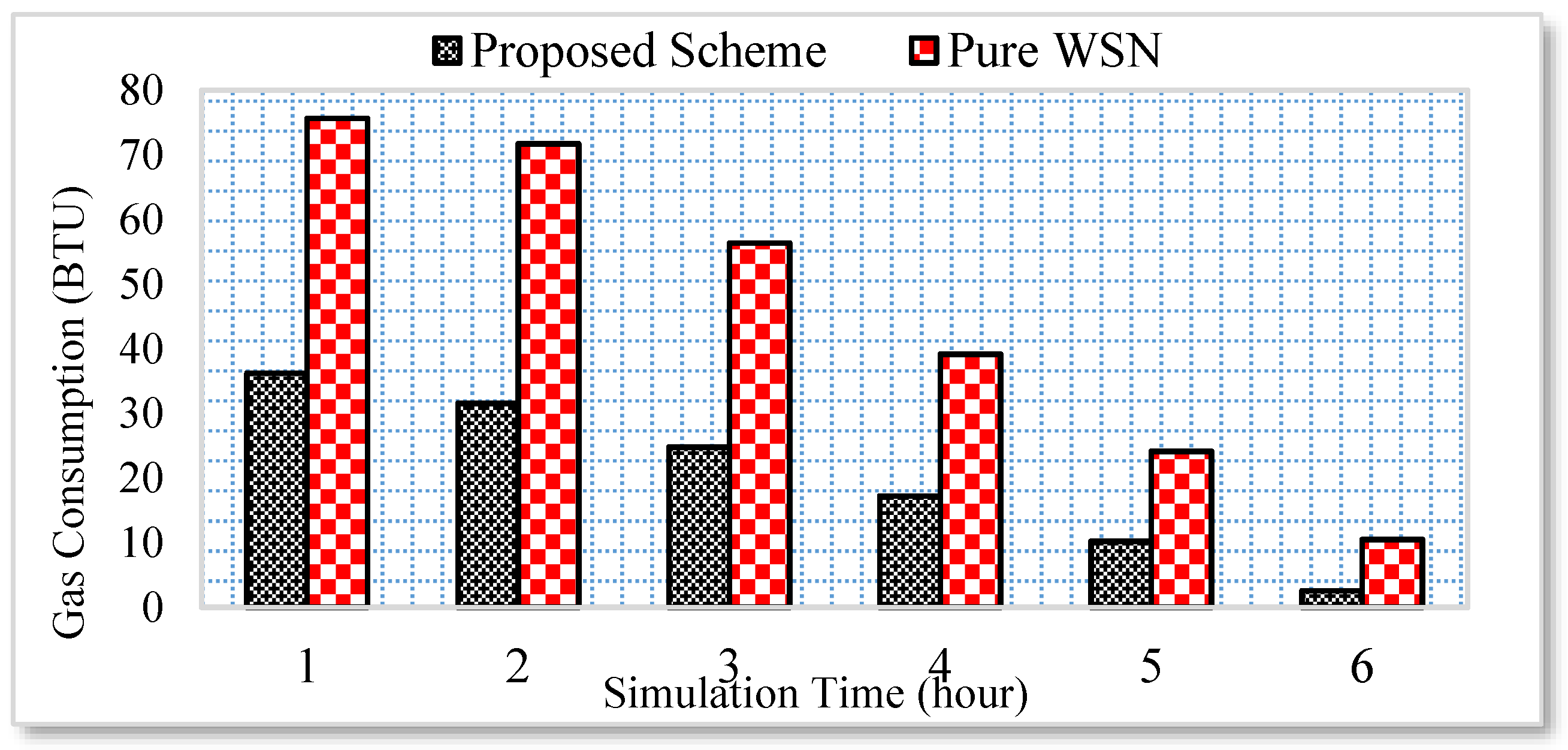
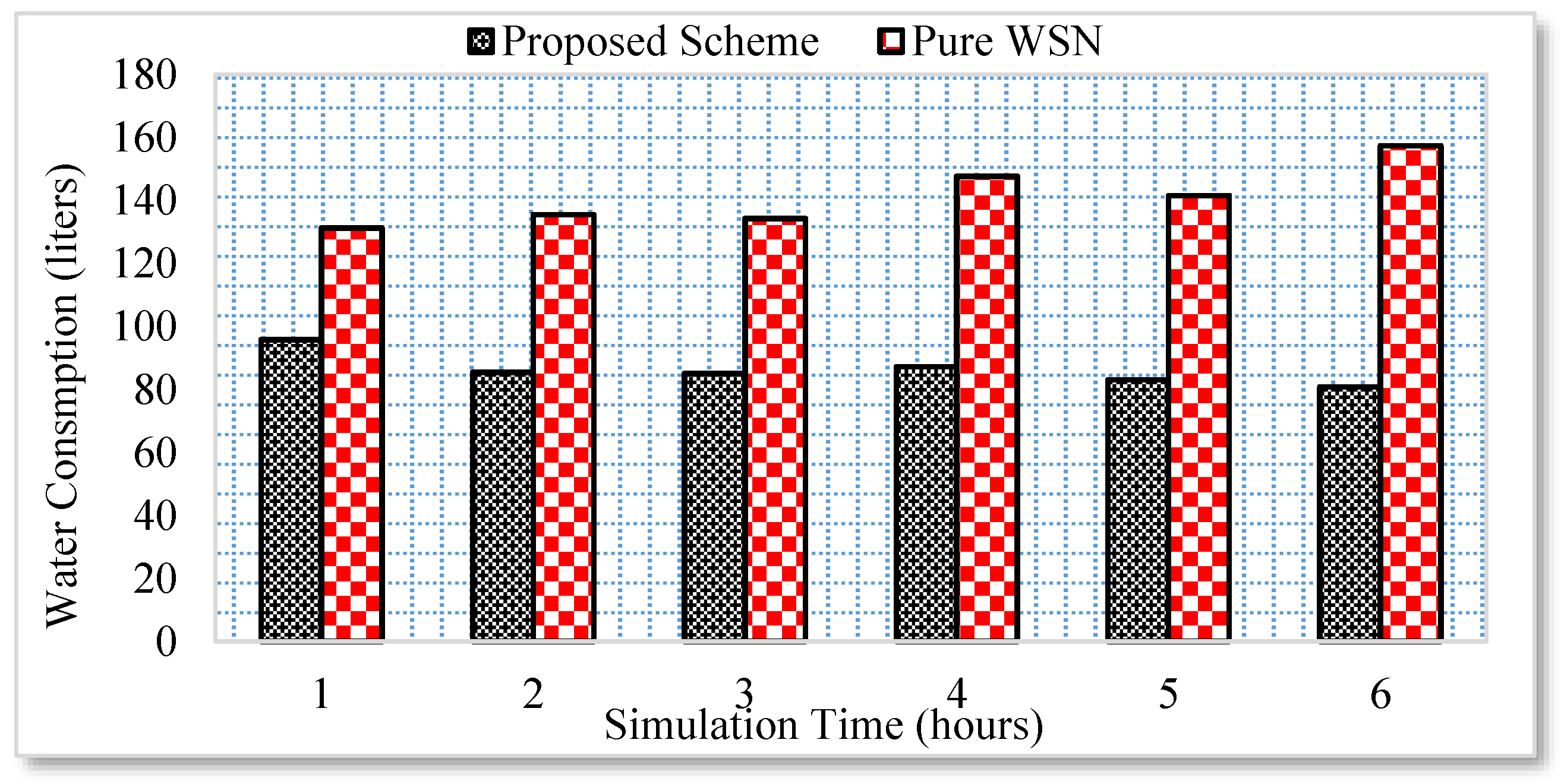
© 2017 by the authors. Licensee MDPI, Basel, Switzerland. This article is an open access article distributed under the terms and conditions of the Creative Commons Attribution (CC BY) license ( http://creativecommons.org/licenses/by/4.0/).
Share and Cite
Khan, M.; Silva, B.N.; Han, K. A Web of Things-Based Emerging Sensor Network Architecture for Smart Control Systems. Sensors 2017, 17, 332. https://doi.org/10.3390/s17020332
Khan M, Silva BN, Han K. A Web of Things-Based Emerging Sensor Network Architecture for Smart Control Systems. Sensors. 2017; 17(2):332. https://doi.org/10.3390/s17020332
Chicago/Turabian StyleKhan, Murad, Bhagya Nathali Silva, and Kijun Han. 2017. "A Web of Things-Based Emerging Sensor Network Architecture for Smart Control Systems" Sensors 17, no. 2: 332. https://doi.org/10.3390/s17020332



